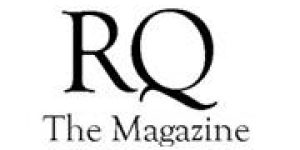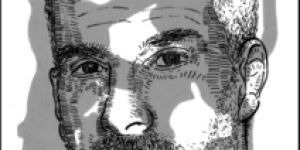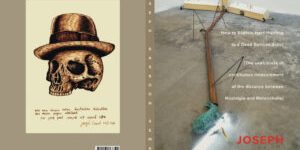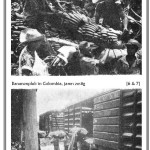Daniel Klein ~ The Status And Participation Of ‘Mizrahim’ In Israeli Society
No Comments yet Immediately prior to Israeli independence in May 1948, Jews of non-Ashkenazi origin made up only twenty-three-percent of the 630,000-strong Yishuv. Between 1948 and 1981 757,000 Jews immigrated to Israel from African and Asian countries, 648,000 of these before 1964, and the majority in the first few years of the state’s existence. This initial mass-immigration wave alone transformed the non-Ashkenazi segment of the population from a minority, mostly well-rooted Sephardi community, concentrated especially in Jerusalem, to a highly diversified, mostly first-generation-immigrant grouping that made up a slim majority of all Jews in Eretz Israel. Ben-Gurion referred to these uprooted individuals, who had permanently fled the hostile environment in their home countries, as “human dust” out of which it was the state’s duty to form “a civilised, independent nation”, reflecting the bureaucratic, modernist, and even authoritarian ethos of early Israeli elites.
Immediately prior to Israeli independence in May 1948, Jews of non-Ashkenazi origin made up only twenty-three-percent of the 630,000-strong Yishuv. Between 1948 and 1981 757,000 Jews immigrated to Israel from African and Asian countries, 648,000 of these before 1964, and the majority in the first few years of the state’s existence. This initial mass-immigration wave alone transformed the non-Ashkenazi segment of the population from a minority, mostly well-rooted Sephardi community, concentrated especially in Jerusalem, to a highly diversified, mostly first-generation-immigrant grouping that made up a slim majority of all Jews in Eretz Israel. Ben-Gurion referred to these uprooted individuals, who had permanently fled the hostile environment in their home countries, as “human dust” out of which it was the state’s duty to form “a civilised, independent nation”, reflecting the bureaucratic, modernist, and even authoritarian ethos of early Israeli elites.
The term ‘Mizrahi’ (‘Eastern’) first developed among Ashkenazim as a general descriptor for the non-European ‘edot (communities), owing to the perceived cultural similarity between them, and their lack of overarching, geographically-extended identifiers such as that shared by Ashkenazim. However, we shall see that, in consequence of their shared experience in the new country, a genuinely ‘Mizrahi’-identified bloc emerged in the decades following the great immigration wave, the founding event of this new syncretic ethnic-group. This is the first period I will discuss. The second begins by the 1980s and is characterised by the development of an ‘Israeli-Jewish’ ethnic-group, out of two consolidated (Ashkenazi and Mizrahi) blocs. I will argue that despite confronting harsh challenges in the first period, it is clear today that Mizrahim have affected a substantial long-term reshaping of Israeli society, whilst simultaneously maintaining its core values and stability, thus demonstrating the massive extent of their solidarity and cooperation with fellow Israelis.
The complete paper on academia.edu: https://www.academia.edu/The_Status
You May Also Like
Comments
Leave a Reply






